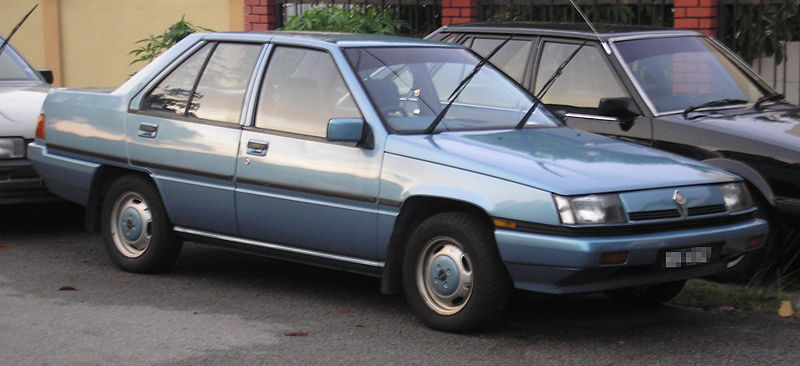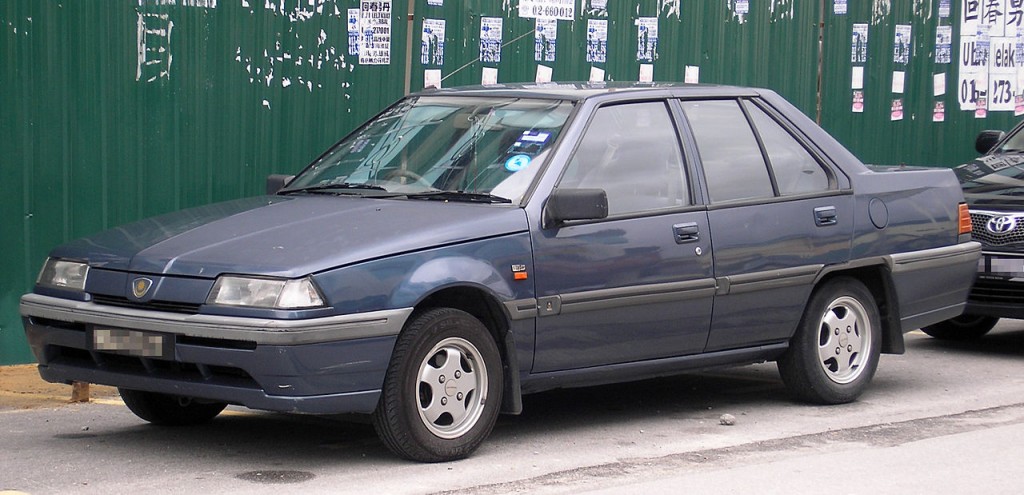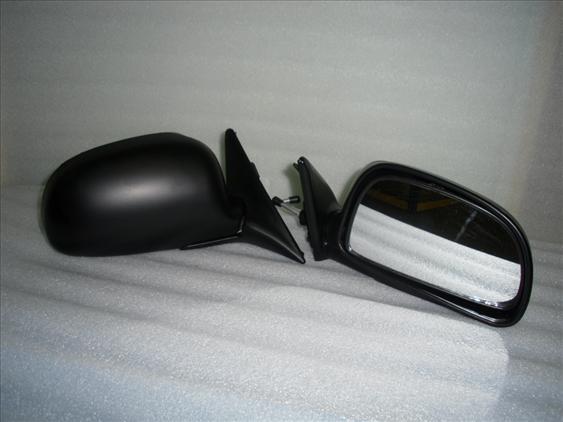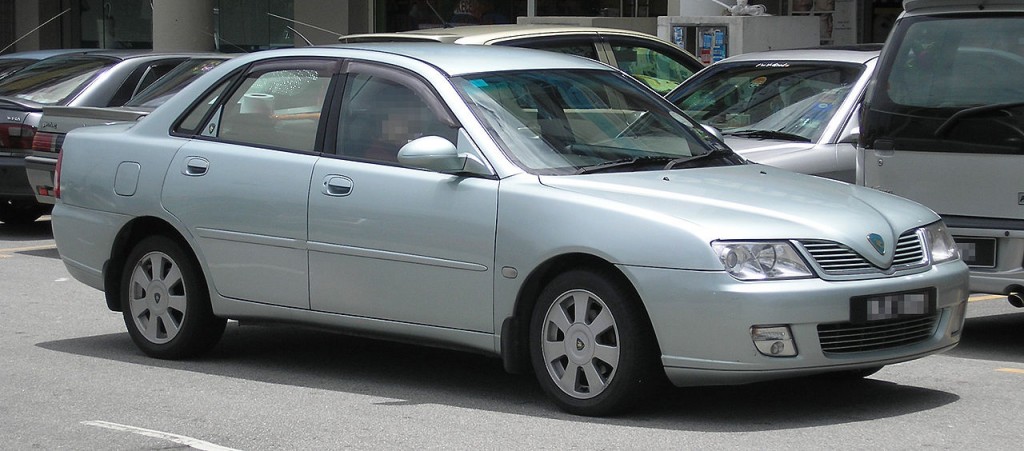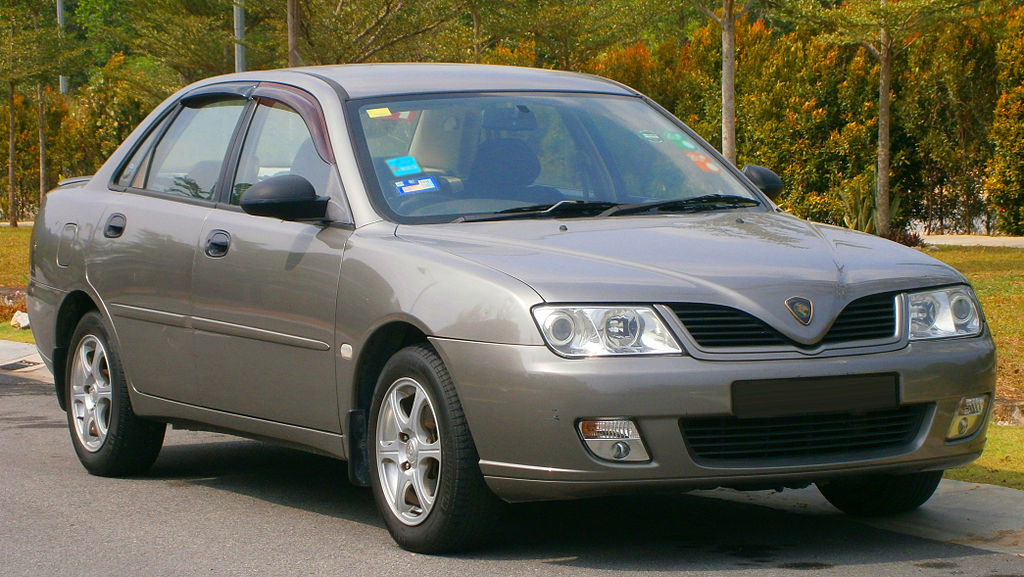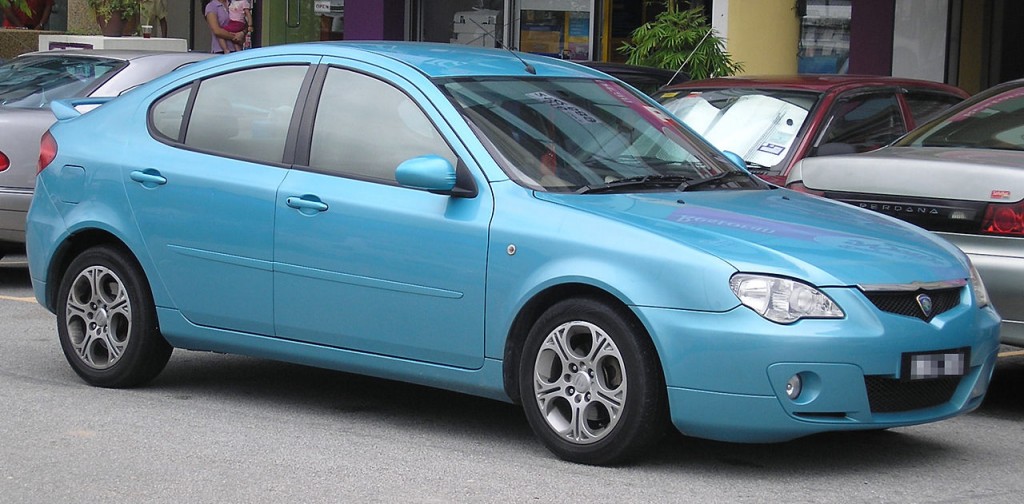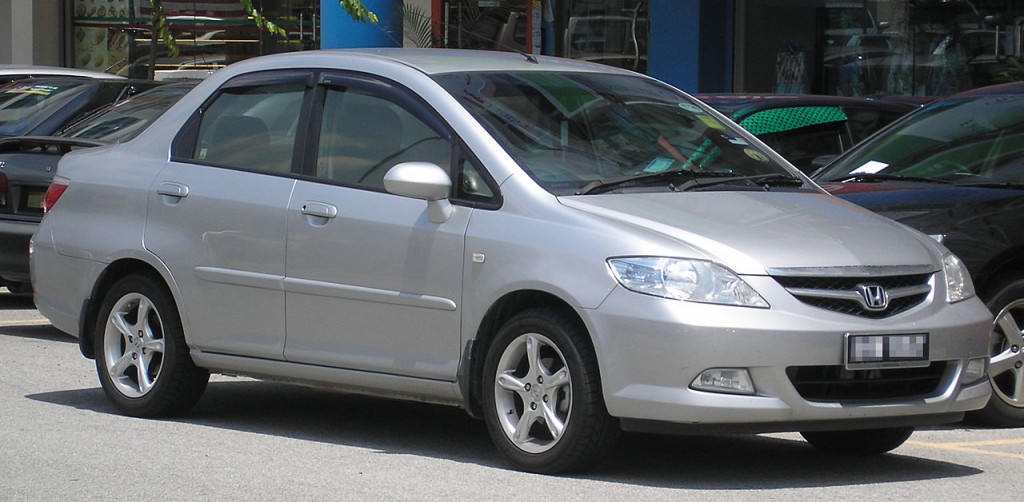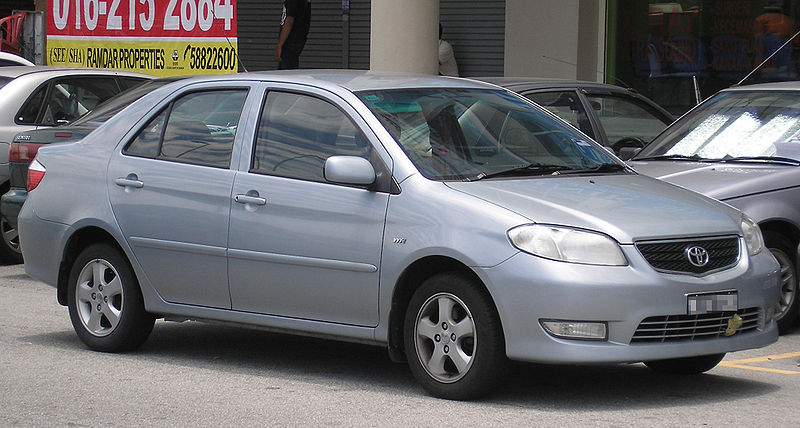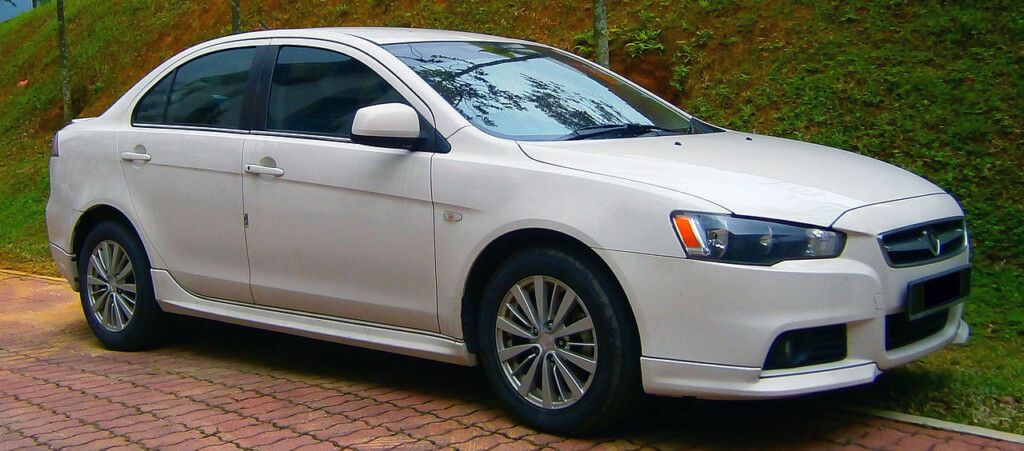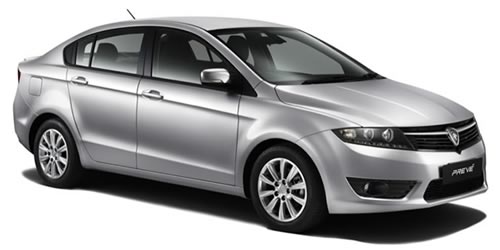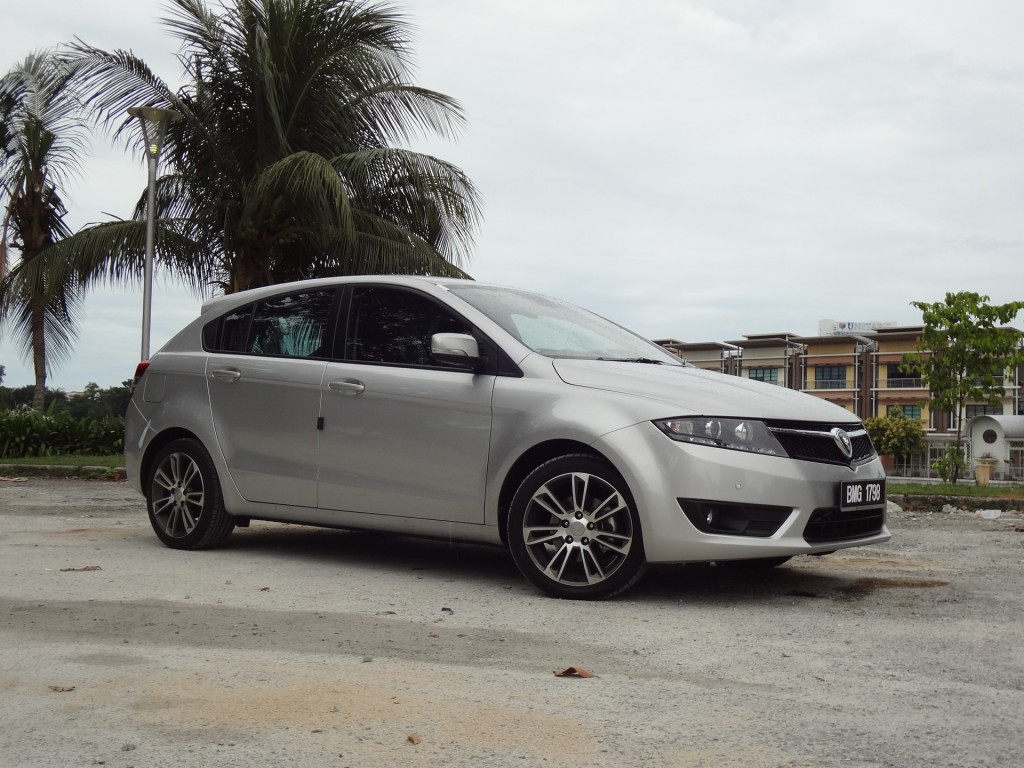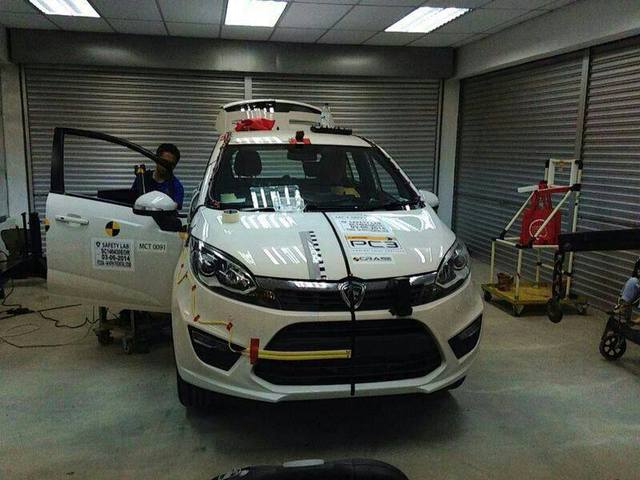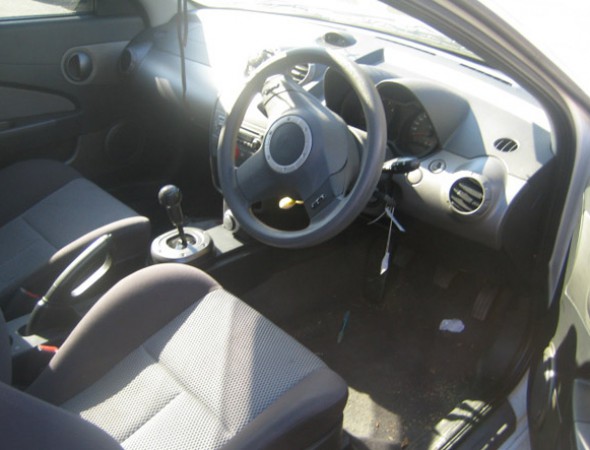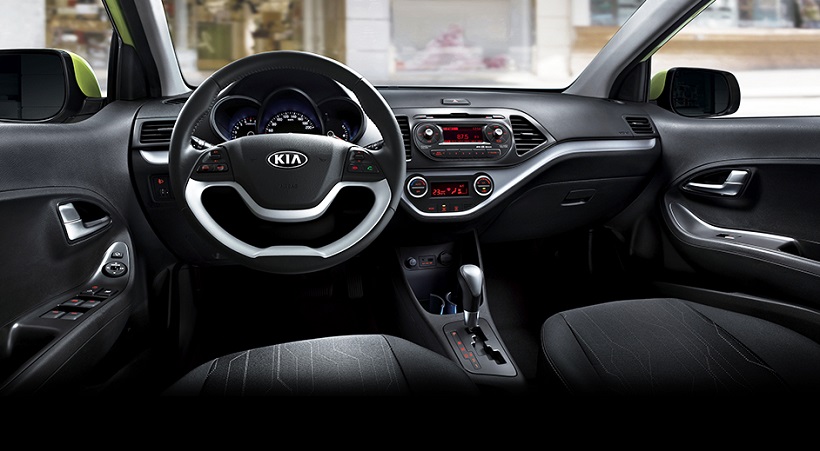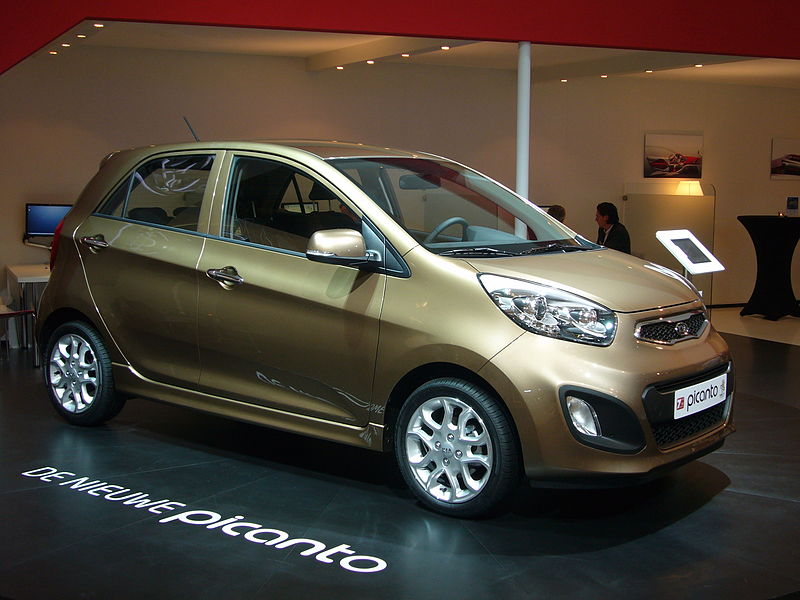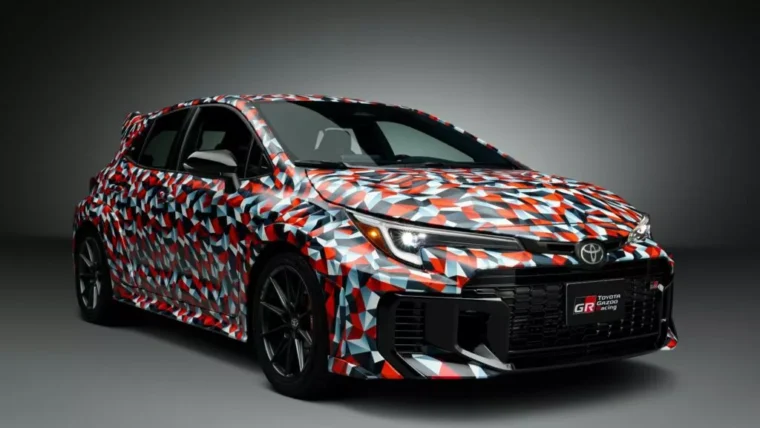I still remember the TV commercial, back in the mid-80’s, for the (then) new Proton Saga (above). Following a nationwide contest to name the first national car, during which ‘Saga’ was chosen as the winner, the TVC brimmed with national pride. It was almost as touching, impactful and patriotic as the legendary PETRONAS Hari Raya commercials actually. It also featured the Saga powering its way around the country, on highways and through small villages, and even through a stream at one point. Seeing that famous logo (below) on the front of our very own car was something quite miraculous in the mid-80’s, and I won’t deny it, it made me proud. So how did it all go so wrong?
THE HISTORY
Proton began its existence – spanning more than three decades now – with Mitsubishi. A ‘strategic partnership’ was established between the two brands, which – at the time – was just a fancy way of saying ‘rebadging’. While that may sound derogatory, it actually isn’t. There’s nothing wrong with rebadging, in fact it happens all the time, all over the world in terms of cars. The mighty Fiat group recently announced that they may rebadge the Mitsubishi Attrage as a Fiat for selected Asean markets. Rebadging allows a new carmaker to select an already existing model that’s most suited for its market, and sell it locally for a fraction of the cost of producing a new car from scratch.
The original Saga (top, main photo) was a very good car, essentially a Mitsubishi with a Proton badge, some examples have survived till this day; given our harsh climate, and less-than-perfect road conditions, that’s really saying something. I owned a Saga Megavalve for many years, many moons ago, its engine was an upgrade from the original Orion and then Magma units, and proved rather remarkable for a 1300cc. Thinking I’d treat myself to an ‘upgrade’ when the (then) new 1500cc Saga Iswara (above) emerged some years later, I decided to trade-in the Megavalve for that. It was a big mistake, one that I remember regretting till this day actually.
By the time the aforementioned Iswara was launched, ‘local-content’ had been introduced in much greater strength and encompassed a vast number of parts and components within Protons. Now the great thing about local-content is that it allows a carmaker / assembler to save a couple of bucks (a lot of bucks to be honest) from using more expensive ‘peripheral’ imported parts/components. In the great scheme of things, this cost savings can be filtered down to the end consumer, but it’s a double-edged sword, and one that has been cutting away at Proton for the last three decades.
THE THORN
Proton has hundreds of parts and component suppliers also known as ‘vendors’, who provide our first national carmaker with various items from steering wheels, wing-mirrors, seats, dashboards, centre-consoles, door modules, lights, bumpers, meters, etc. etc. etc. the list goes on and on, which eventually make up the whole car.
Now here’s a fictitious scenario that’s quite plausible. Let’s say Proton needs a newly designed wing-mirror for a new model it’s going to launch in the future. It sends out an alert to its vendors and calls for a meeting with them. Vendors show up with a bunch of samples that vary in design, size, cost, etc.
Proton says ‘I want this one’, the supplier says ‘Sure, that model, the cost is RM80 a pair.’ Proton says ‘Okay, I want it, but at RM40 a pair, take it or leave it.” A bit of haggling later and perhaps not wanting to lose what’s possibly a multi-million dollar deal, as well as not wanting to jeopardize any future possible dealings with Proton by saying ‘Go fly a kite’, the vendor agrees, knowing full-well that by selling at RM40 a pair, he’s actually going to lose money, because his ‘cost-price’ per pair is actually RM50! So what does he do? Easy, he sends a sample to one of the many car-component makers in China, Vietnam or Taiwan, and says ‘Make me a million of these at RM10 per pair’. Hey, he’s a businessman, not a charity; he’s got profit margins to think about. And so that low-rent item is what ends up on the car eventually.
This was of course a fictitious scenario, but based on the component quality level that makes up a vast majority of Proton cars over the years, as I said, it’s a very plausible one; case in point, the Proton Waja (below).
THE FALL FROM GRACE
When it was first launched, many considered it Proton’s best-effort to-date. Some even went as far as to call it ‘Asia’s answer to BMW’, which was of course not only inaccurate, it was an outright lie. The (then) new Waja (initially) had a great powertrain from Mitsubishi, and fantastic ride and handling thanks to input from (then) newly acquired Lotus. But for me anyway, that’s where the positive accolades abruptly and unceremoniously ended. My eventual test-drive review of the car was less than complimentary.
I recall being ‘summoned’ to the (then) Proton CEO’s office following my scathing review of the Waja, and was surprised to find myself shoulder-to-shoulder with two other well-known local motoring journalists. Apparently, we were the only three who’d absolutely panned the Waja in our reviews, and he wanted to know why, so we told him, and he listened. What he did next, was something I’ll never forget.
Unbeknownst to us, he’d secretly assembled all the vendors responsible for supplying components to Proton for the Waja in a big hall, in which he’d parked three brand new Wajas. He’d also summoned his Product guys and Engineers as well. As we walked into the hall, I remember thinking we were being led to our public execution, or flogging at the very least.
But no, apparently he was also dissatisfied with the eventual quality of the Waja, and wanted his team and the vendors to hear it directly from a third party. Over the next few hours, we pointed out each and every shortcoming of the Waja in terms of build-quality and quality of components – or rather lack thereof – to the assembly, while Proton staff diligently took notes. I was expecting a knife in my back at any time to be honest, because we didn’t hold back. This was probably only time we’d get a chance to voice our opinions to those who really mattered, so the gloves came off.
I remember leaving the Proton HQ that day with a feeling that I’d (we’d) made a difference. We’d done something meaningful and I thought that the next Proton would be as perfect as they come, thanks to the feedback we’d imparted that day. What a fool I was. Nothing had changed. When the Gen.2 (below) was launched, I was eager to see what Proton had accomplished following what they’d heard from us in regards to the Waja.
Zilch, that’s what. The Gen.2 was an even bigger disappointment than the Waja in terms of component quality, fit and finish. If anything, the Gen.2 was glorious and conclusive proof of an amalgamation of parts and components purchased from and supplied by the lowest bidder.
Proton’s biggest failing was its arrogance. They believed that anything they launch would sell faster than lighter-fluid at a pyromaniac’s convention. Yes, their cars were selling in great numbers, but they failed to realize exactly why that was so. National pride? Quality? VFM? No. Protons were selling well because they were cheap, plain and simple. And there were warning signs to this too, which really should have been heeded with greater importance.
THE TURNING POINT
I call it the overdue wake-up call. Proton got its first taste of what it’s like to have competition about a decade ago when the (then) new Honda City and Toyota Vios (below) were launched, both within weeks of each other. It was probably the greatest dent in sales that Proton has ever felt when those two models were introduced to the Malaysian market; if memory serves, its sales dropped by a staggering 40%.
Suddenly, Malaysians had not one, but two infinitely better and very decently priced alternatives to a Proton that fell within the RM70-80k price range, from two very reputable carmakers. That price range is what I like to refer to as the ‘hot zone’. Cars priced in this range are always popular because it’s the price bracket that a lot of first-time car buyers fall into, as well as families seeking a second car. I also believe that the (then) new City and Vios, in addition to being superior in terms of quality, were snapped-up by an eagerly awaiting market who were just salivating at the prospect of being able to finally afford something ‘other’ than a Proton. Amortized over the typical loan period, a (then) new City or Vios cost about the same as a Proton in the same category; the difference in monthly instalments was negligible, but almost overnight the balance of power had shifted.
The years have flown by and in the last decade since that ‘wake-up call’ – which should have rocked the foundations of Proton down to its very core – and there have been numerous models launched by our first national carmaker, in an attempt to keep with the times.
While there have been improvements in some areas, one main problem still plagues the cars: quality, or rather, the lack of it. Instead of just being cheap to buy, Protons still ‘feel’ cheap, and that simply does not sit well with the population of a ‘developing’ nation who have evolved and progressed to a point where they’re willing, and able, to pay for something better.
Think of it this way; after three decades, when the first thing that comes to mind when people think of a Proton is a power-window issue, you KNOW you have serious problems. Proton came ‘full-circle’ a while back when they launched the Inspira, (below) which as we all know was just a rebadged Mitsubishi Lancer. When that happened, many of us thought that Proton was finally calling it quits and reverting to rebadging again, but it was not so.
Truth be told, I admire the perseverance. Far from pulling up its tents and beating a hasty retreat, Proton continues to fight on in an ever evolving automotive world, in which not only have the vehicles progressed, but so too the consumer and spending power. Tun Dr. Mahathir Mohamad, whom many credit as being the father of Proton, was quoted recently saying that “Proton needs go up-market and become a world standard car”. (The Rakyat Post, June 9, 2014)
He went on to say that Malaysians were not prepared to pay RM80,000+ for a better quality Proton, such as the Preve (above) and Suprima (below), but I beg to differ. It’s not that we’re unwilling to pay that amount for a car – again in the aforementioned ‘hot zone’ price range – it’s just that today, there are better and higher-quality alternatives in that price bracket.
This is yet again clear indication that a vast majority of the buying public still perceive Proton as a ‘cheap’ car, and thus paying RM80,000+ or more for one is simply not worth considering, when there are better alternatives to be had. Proton’s next move could be its best and most intelligent yet though.
THE FUTURE
All eyes are yet again on our first national carmaker as it prepares to launch the GSC or Global Small Car (below). This really could be the final ‘make-or-break’ car for Proton, and it’s going to attempt to take on a veritable giant in the local small-car segment, the Perodua MyVi. It’s also the car that’s not just going to be sold locally, but overseas as well; a market that pulls no punches when it comes to calling a spade a spade.
So what does Proton need to do? You know, it’s so simple it’s almost laughable, and I’ve said it a thousand times, and after having owned seven Protons myself. Proton needs to improve the quality and tactile feel of its cars. That’s it really. Yes, by all means make the cars affordable for the rakyat, that’s what a national car should do for its citizens, but don’t make them look and feel cheap.
Relook into the quality of materials being used, go back to the drawing board and choose better plastics and better fabrics. Pay more attention to fit and finish, improve on the NVH. In short, make the cars feel better to drive, to touch, to hold and to be in. Interiors and component quality like the ones in the Neo below are simply not going to cut the mustard anymore, not when buyers can get something in the photo below that, for the same kind of money, or less.
A great example would be KIA. Twenty years ago KIA cars were nothing more than a very cheap means of personal transport in S.Korea. But just have a look at the ‘introductory level’ new Picanto (interior pic above & exterior below). It’s extremely well-equipped and very well put-together. It’s the perfect example of a cheap car that doesn’t look or feel that way at all. This is what instils pride of ownership; when you take the trouble to make something cheap, look and feel like a million bucks, what’s not to like. And if KIA can do it, I see no reason why Proton can’t.
If Proton really wants to be referred to as the ‘Pride of the Nation’, and excel on a global scale, then it needs to make us feel proud to own one. If we ourselves can’t feel proud of owning a Proton, how can we possibly expect those in other countries to do so? The time for just ‘cheap’ should have ended a long, long time ago. All will be revealed soon with the GSC, and I for one am really hoping it comes out right; I think we all are.
[Photo source: Wikipedia & AF]
Other posts by Chris Wee


